The chicken or the egg
Singapore, 19th February 2014
This is an age old issue; who was first, the chicken or the egg…the chicken would not exist, if not for the egg and reversely you could say that there would be no egg if not for the chicken. I am facing a similar sort of problem in one of our projects. We have designed the exterior façade lighting of the building and are now faced with a situation where the site works have progressed so fast that we have arrived at a point of no return. Our installation and fixture details have to be locked in so the site can continue the cladding and other installation finishes, even though we are well away of tendering the package for the lighting supply.
The challenge that we face is that we are specifying a new generation LED floodlight that has yet to be commercialised and launched in the market. We have been working closely with the manufacturer to develop this fitting to make sure we achieve the desired lighting effects with the most compact and efficient LED floodlight currently available (or to be available in the near future). This has put us in a precarious position as the product is not fully out-developed with still the controls and wiring/ cabling protocol to be fully confirmed in terms location, dimensions and connections. We have been able to visually test and appreciate the optical performance, so we are good on that, but it is the factual dimensions and the interconnectivity with the building that is bugging us right now. Site wants it now! We still need time… (note the building is not expected to be completed and handed over for another 2-3 years, so it’s not like there is no time!).
So will we manage to dictate the installation requirements towards the building construction from the perspective of the product (the chicken) or do we have to accept that the building construction progress has beaten us and we have to adapt the fitting design later to fit (the egg). We are racing towards the chicken to come first, but perhaps the egg will beat us… 🙂
Light Watch 5-26: It is amazing how many people are inspired by an egg…here is just a small collection of illuminated eggs
Quality versus quantity
Singapore, 18th February 2014
Time and again we come across project budgets that have been put together by quantity surveyors who have no idea what they are talking about. Worse even, they then manage to get owners approval (of course as they have totally undervalued the real necessary costs) and subsequently keep hammering the team that the budgets have all been approved and that we have to stick to it. Does it ever happen that we as lighting designers are asked to come up with the budget for the lighting of a project? Yes it does (occasionally) but even if we do somehow mysteriously a “previous” budget materialises as reference to tell you that your budget is way over what they have planned for. So what’s the point then?
Anyhow I have developed a new strategy to make them better understand that you cannot just cut costs by looking at cheap alternatives. Yes we always do our due diligence and value engineer our concept to basic quality and performance levels where we feel that does not affect the overall end result too much. However there is a point where you have to say that’s enough. And that’s where the next step comes in…start removing lights step by step in order to bring down the costs to the desired budget. OK, let’s take out the swimming pool lights, and oh yes we could take out the tree up-lighting as well. By working this through one by one they suddenly realise that once you have established the basic quality level, the next step is to take out the quantities…somehow they may find some funds again as stripping the lighting design of its key features does create some attention… 🙂
Light Watch 5-25: Simplicity is often the key to everything, but that is sometimes easier said than done. There are many ways to skin a cat so to say. And we as lighting designers have a tendency to overdesign. You can light a room with just one light bulb, but is that simplicity? Quality? Certainly minimum quantity. Here are a series of cubes (one of the basic simple shapes in life) with different interpretations…I am just saying… 🙂
LED in airplanes
Singapore, 17th February 2014
Fresh from attending the Singapore Air Show, I of course could not resist looking around for the latest technology in lighting. Airplane design surely is leading the way at the edge of technology and therefore the latest in lighting technology should be expected. For those amongst you who travel frequently like myself, you have all seen the gradual switch to LED lighting in the planes and not only that, the introduction of coloured mood scenes on longer haul flights. Light to ease your flight angst, light to help you rest and relax, light to prep you up for a meal, it’s all happening and now I have been able to figure out how.
On one of the stands (Lufthansa Technik) as well as on the Airbus stand itself I was able to piece together how they do it…because till now I was just guessing. And to be honest I was guessing wrongly, because so far I was not able to look “inside” the guts of the plane to actually see the type of lighting equipment used. The technology that I saw is developed by Schott, one of world’s leading glass manufacturers and uses their expertise in transporting light through glass. Schott has always been one of my few trusted fiber optic manufacturers and therefore it is not surprising to see them combine their expertise and experience in the manufacturing glass and fiber optic lighting with LED technology. Two of the main issues that pop up with linear LED are the evenness (no spots or shadows) and the stability and consistency of the colour and this system seems to address and resolve this to perfection. I can just wonder about the price, but what I saw looks flawless. Should we consider this in our architectural lighting projects? I don’t generally promote a special product but this is a rather unique technology that I would like to share.
On top of that the RGBW LED optic units allow the programming of the lighting scenes and because they are located in between the tubes, should there be any failure it is easy to replace. Moreover the tubes can be customised to length so they can fit the different aircraft types. Definitely something to think about!
Light Watch 5-24: Images from the Schott Heliojet brochure in which we can appreciate the high performance technology combining LED and Glass Optic technology. The video is certainly instructive, have a look.
YouTube Video SCHOTT® HelioJet
in case the link does not work try this: http://www.youtube.com/watch?v=e1sv-B7GOSc
Nothing seems what it is…
Singapore, 14th February 2014
This is normally what you hear from a magician who can lead you into a world of make believe. It is really interesting to see how what we see is not always what we think we see. The eye has only limited capacity to discern differences and changes, specifically our peripheral vision and our ability to see movements. When we fix a certain point ahead of us we can see colour through our cones, we can see shapes and forms through our rods. But the interesting thing is that as you keep fixed to the point ahead and you would move the coloured object you are looking at slowly outside to the perimeter of your vision, after a while you will not see certain colours anymore; however if that object would be blinking or flashing you would still see the movement but could not tell the colour. It appears that certain colours disappear quicker than others.
And so the eye plays many tricks on our eye, very much influenced by our mind I have to say. You know how you can look for something and even if in front of your nose you don’t see it? How we can see parallel drawn lines under certain angles as converging…there are many optical illusions around like that. This just to say that what we see is not always what it is…Happy Valentine’s Day!
Light Watch 5-23: The power of illusion. When our brain works normally all seems neat and well. In the image below, if your eyes follow the movement of the rotating pink dots, the dots remain just the one colour pink. However if you stare st the black + in the centre, the dots turn green. Now concentrate on the black + in the centre of the picture; after a short period all the pink dots slowly disappear and you will see only a single green dot rotating…we don’t always see what we think we see… 🙂
Up in the air
Singapore, 13th February 2014
This week Singapore holds its bi-annual Air show, one that has grown over the years to one of the most important air shows of the region with many of the top guys like Boeing and Airbus showing of their latest developments. I had the opportunity to visit the show today which somehow has an attraction to me as a frequent traveller and lighting designer. We may not realise this but the aerospace industry is certainly leading the way with the application of the latest technological developments including lighting. The latest Airbus and Boeing planes are all fully converted to LED lighting and coloured lighting schemes are applied to create moods during the flights and help combat jetlag and fatigue. Some interiors are designed by renowned design houses like BMW or Versace for instance, certainly in the private jet sector.
But is not only in the interiors where the latest lighting technologies are used, the cockpit and all its instruments use the latest in terms of day-night/ brightness adaptation techniques and all lights at the airport, whether the approach landing lights, the runway and taxiway indicator lights and even the apron lighting makes use of the latest in lighting. This is very much standard and performance based lighting. Guidelines are strict specifically when it comes to glare and lighting locations that can potentially been mistaken for landing lights or can be a disturbing distractions to pilots when they land or fly their plane into the air. It is a fascinating industry and being a frequent flyer and a lighting designer you can probably understand my interest in what happens up in the air 🙂
Light Watch 5-22: Lighting and airplanes…
Fees, Budgets and prices
Perth- Singapore, 12th February 2014
As I make my way back to Singapore, I can’t but get saddened (perhaps frustrated) from the continuous urge from each and everyone in the chain of design from the first fee negotiations, the establishment of a budget for the project, through to the final price a client has to pay for the designed lighting installation, to always want to cut to impossible low levels. As it happens today I got hit by all three. First I got a call by a new potential client, who, recommended by one of our loyal hotel operators, had called me several times over the last few days to secure our services. I had given him my price (a rush job as so often), he had told me his budget, of course more than half my fees. As per Asian culture I did give him a little discount, but then had to endure a near half hour phone call in which he tried all tricks of the book to try get my fees down. As I had really given him my best price I was prepared to lose the job, but in the end he accepted my little discount…frustrating as I really will not make much if any profit on this one, but it is a good project.
Later I had a long drawn meeting about the anticipated cost of the lighting in another project. They all want the sky but have a budget that does not come even close to what would be required to do a decent job. Really frustrating, because they keep pushing to get you to commit in doing what they would like for that little money. Why is it that no one seems to be able to accept that a certain design comes with a certain price tag. You don’t go into a Ferrari dealer and ask if you would be willing to sell the car for the price of a Toyota.
I had a third encounter of the same kind, when the QS of one of my projects sent around an email that tender returns he had received were way over his budget. Imagine this…we had already value engineered the lighting solution to the bare minimum. How low can you go? It seems that we are headed for a tough confrontation…L
Light Watch 5-21: Designs can be simple and yet beautiful, if you reduce everything to one colour it becomes breathtakingly simple and beautiful…
Light and colour
Perth, 11th February 2014
As I drove to and from site last night I kept thinking how much colour is important in our lives. Not only as designer but just as an ordinary person, we always seem to admire and rejoice in the magic of light and colour. When I did my lighting tests last night I originally started with just white light with the thought to really bring out the natural colours of the rocks and stones. The grazing did just that, it was really a nice effect. But to satisfy my curiosity I did do some testing with various colour washes to get a feel of the effect in this specific surrounding and I have to say it did feel magic…
The beach location is being used for night markets in the weekends were thousands of people convene to enjoy the sunset and then stroll around the market stalls which mainly sell food items that you can enjoy in this lovely spot. Providing a colourful background would totally fit the ambiance, albeit a very controlled colour projection, with soft fading changes and carefully selected colour palettes. So I succumbed…I will keep my natural lighting for the normal weekdays, but will integrate a colour program for special events and happenings.
Light Watch 5-20: The best way to appreciate colour at times is when (natural) light actually becomes coloured, which it does when it shines through coloured glass for example. It totally transforms the space…but even natural light on objects or just in nature…
Playing with light
Perth, 10th February 2014
Playing with light is an integral part of getting your design right. You can figure out a thousand times on paper or even visualise in your mind how lighting is going to look like, but it is only when you actually start playing with it that you get the final feel of what will work and what not. Tonight I went out to the beach, yes because that is where my latest project is…the lighting of a famous cliff face along one of Fremantle’s famous sun set beaches. That section of the beach is used for night markets on Saturdays and illuminating the cliff face as background will bring an enormous amount of ambience and special feeling to the site. I can only say that the City Council is doing a right move in forking out the funds for this project.
While I have worked out the basic lighting concept for this project a while ago, tonight was set aside to do some practical and physical testing and figuring out what type of light (linear or floodlight), colour of the light (RGB or just shades of natural white), beam types (narrow, flood or diffuser), power (playing with intensities, as too bright will kill the intimate ambiance) and last but not least figuring out the best locations and spacing for a satisfying coverage. This is where you learn most about your own design skills…how close were you with your basic concept, how well was I able to anticipate what would work best. I must say with some pride, I was pretty close, but then with more than 30 years of field experience I did not expect anything less from myself 🙂
I find myself most unsure about the selection of the new generation of LED lighting systems. What I thought I knew has already been overtaken by the newest technological advancements. I was able to test a little LED floodlight (fresh out of the factory), the size that you would normally associate with a MR16 halogen floodlight, but with an output that felt like at least a 70W metal halide. I believe the LED floodlight is less than 20W. Impressive. The addition of a spread lens gave it a very nice coverage…a very illuminating evening, as always I learned a lot 🙂
Light Watch 5-19: Impressions of the night…
LED and emergency lighting
Perth, 7th February 2014
On the day that the Olympic Winter Games of 2014 kick off (tonight) in Sotchi (Russia) I have been dealing with the subject of emergency lighting in one of our projects. I may have blogged about this before, but anyhow it is something that came up today and that is still an issue of consideration specifically in combination with LED technology. In a conventional system we would have a little indicator LED light mounted into the reflector of an all purpose general down light. It would be independent and be activated in case of a power failure. We also would have solutions where a selected architectural down light (part of the overall general lighting design would be designated and equipped to act as an emergency light. That was all good and well with conventional lighting technology.
Now that we have moved into the age of LED technology there is still the same demand to integrate the emergency lighting into the architectural lighting design. However we now have a slight little problem (my experience at least) in that LED and dimming is not yet out of its childhood problems and all too often we find faltering lights, flickering LED lights as a result. In public areas with dimming therefore I have shun away from integrating these LED downlights into the emergency system. I found it more reliable with more peace of mind to have the emergency lighting on its own independent network.
I do support maximum integration and minimising visual clutter in the ceiling but until such time I feel these issues have been properly resolved feel more at ease recommending a separate emergency system rather than a fully integrated one when it comes with the need to have the LED on a dimming control system. The good news is that with the enormous progress of the LED technology we can now find the LED emergency lights that are as compact and small as possible…
Have a great weekend 🙂
Light Watch 5-18: LED emergency lights…
Welcome mode
Perth, 6th February 2014
Back in Perth for the commissioning of stage 1 of one of my hotel projects. In this case the aiming and focussing of the lights as well as the programming. There is so much you can do on paper; the final finishing touches can only be done hands on present on site. For the purpose I had the lighting control supplier’s system programmer on hand as well as the project manager, his chief contractor and the operator. As this part consisted of the lobby and the all-day restaurant making sure the operator could give his feedback was crucial for me.
Prior to my visit the electrical contractor had checked and confirmed each and every lighting circuit to be connected and working as per design specification. I had also sent the programmer an so called control matrix with preliminary settings for each scene, morning, evening, after hours as well as breakfast and dinner settings for the restaurant. Of course these settings are the lighting designers best “guess” based on experienced and anticipated operational requirements, they are never perfect as you will only know the visual impact once you see the actual lighting interacting with the material finishes and the space itself.
Running through the scenes we found the settings to be pretty close to expectation and needs and with a bit of tweaking we managed to get the levels and balance of brightness suitable for the various times of the day. I went through this both during the day as well as at night to have a full understanding and feeling of the lighting. Specifically the transition from day to night time is always fascinating, but I must say in the end it came out well, the transition being smooth and the overall ambience in line with a 4 star business hotel. I am satisfied with the result.
Light Watch 5-17: While the programming has been logged in for a test run over the coming week with full operation with guests, the aiming of some spotlights can only be done during a low operation time on Monday. Here are some of the site pics taken at full lights operation mode on which clearly can be seen that some lights are out of focus…I will try dig up some before photo’s…it does not like much but if you see the before pics you will really see how much the lighting makes a difference!

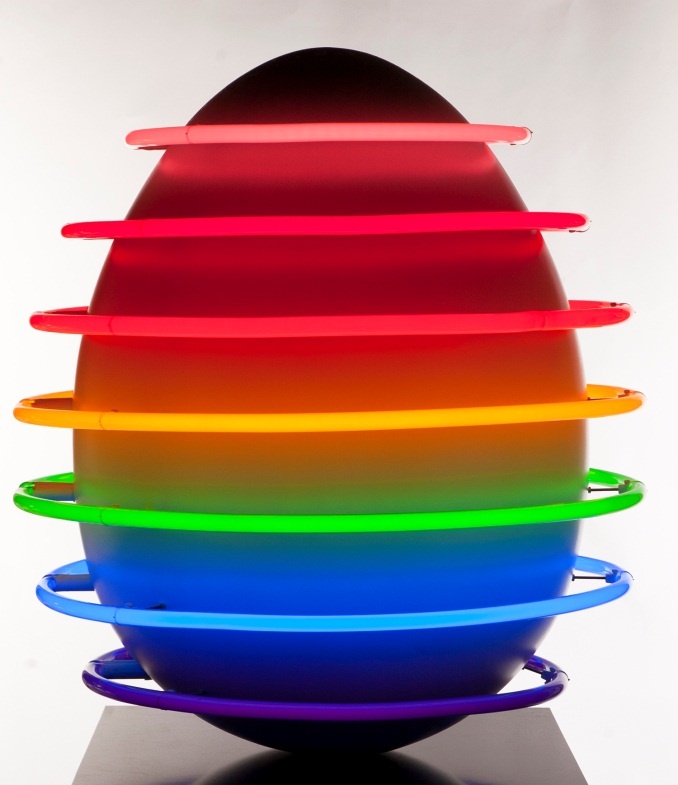


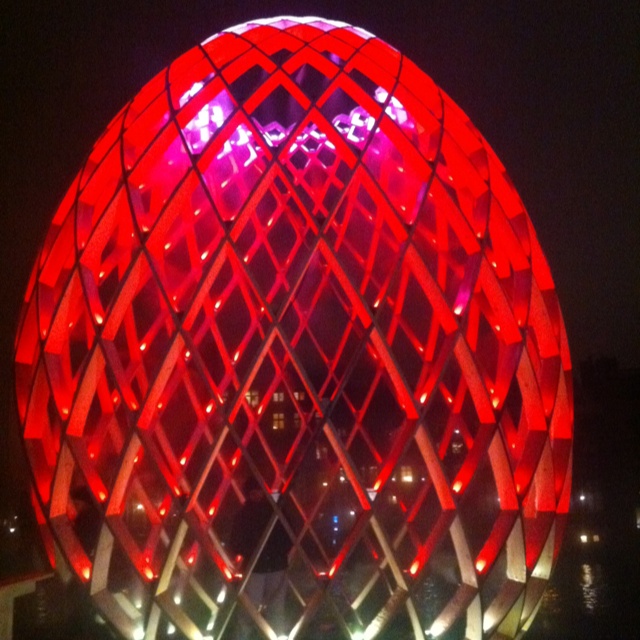

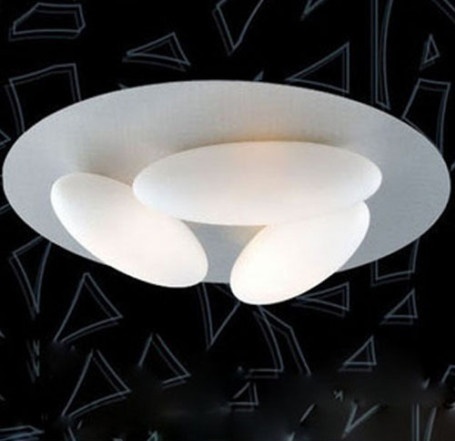
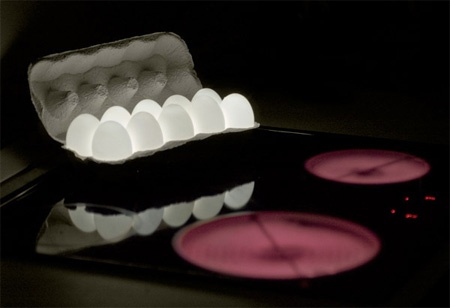
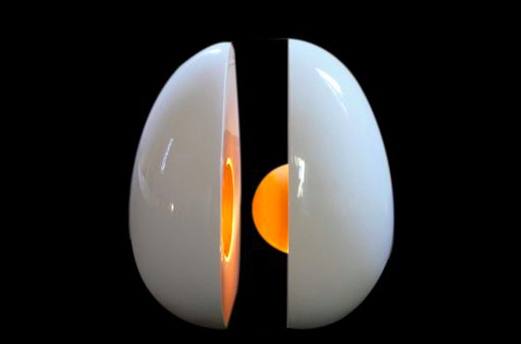
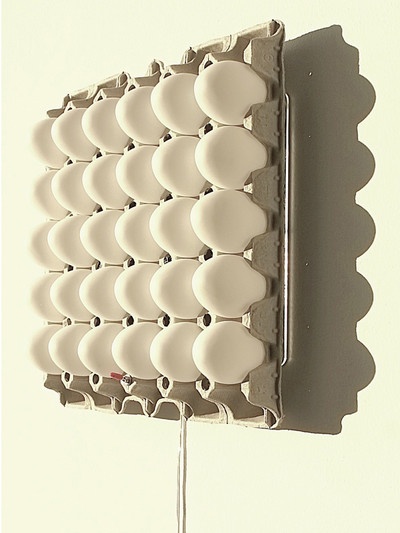

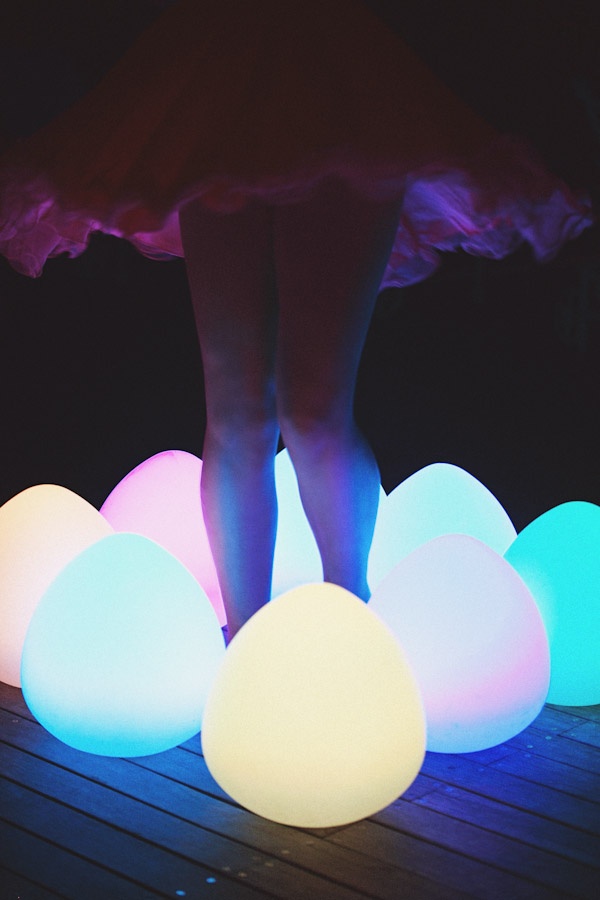


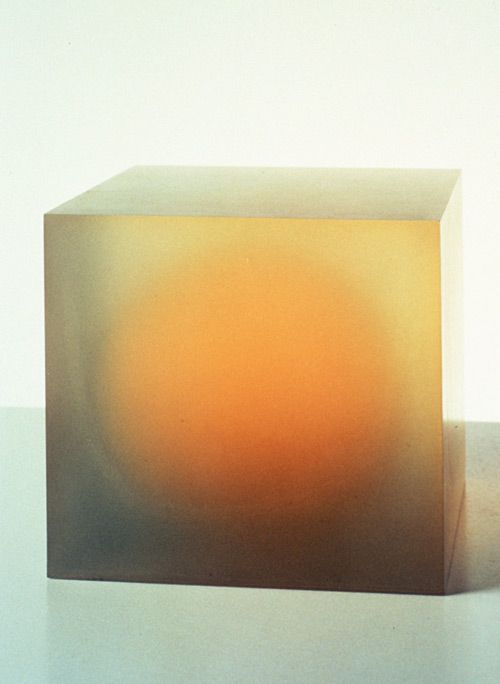
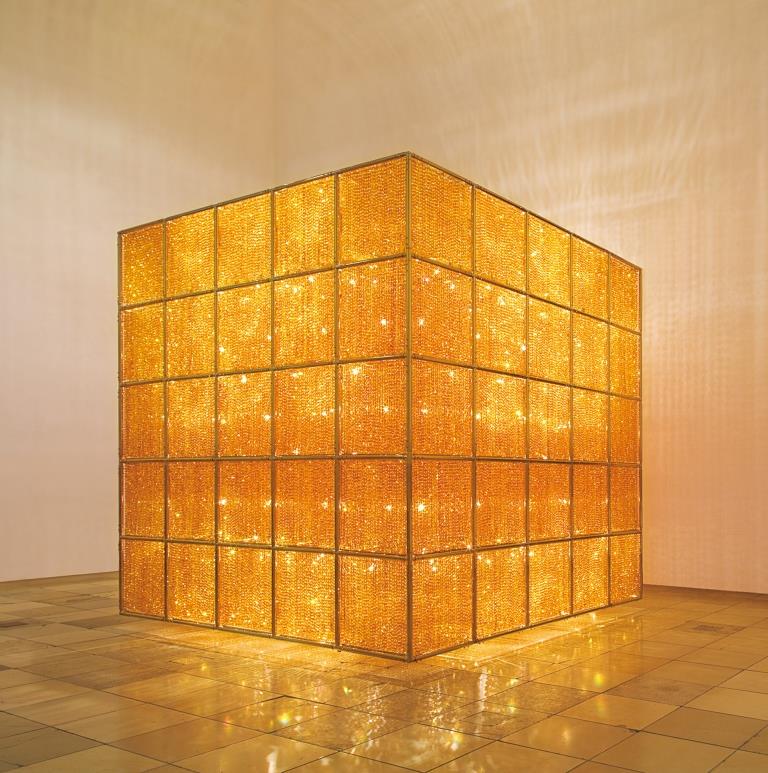
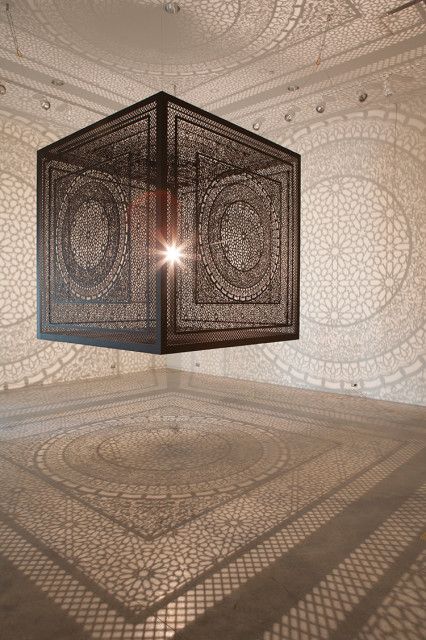
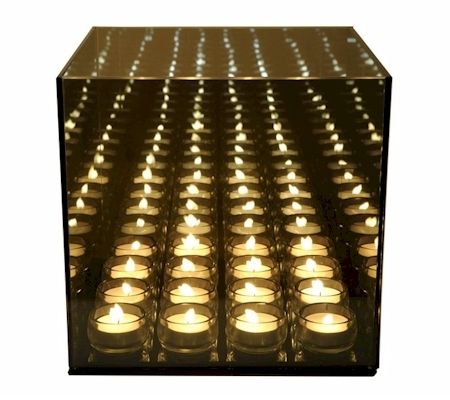
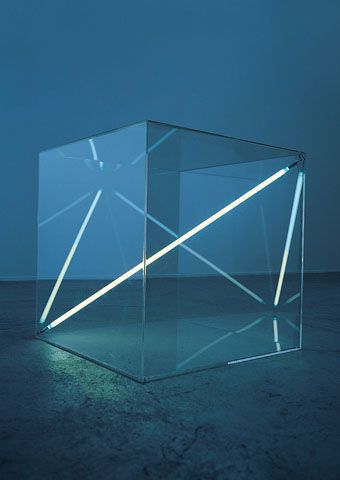
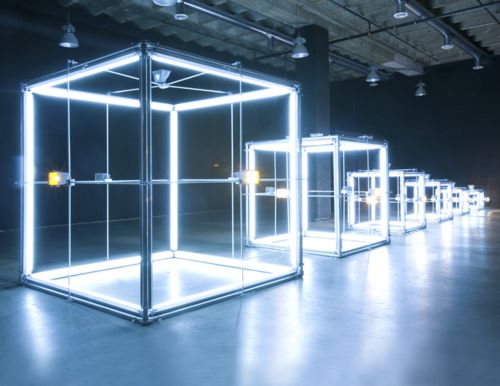


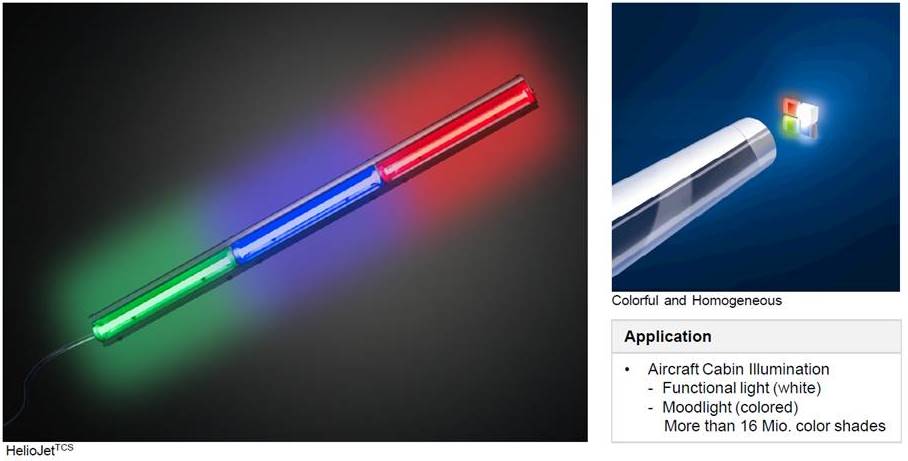


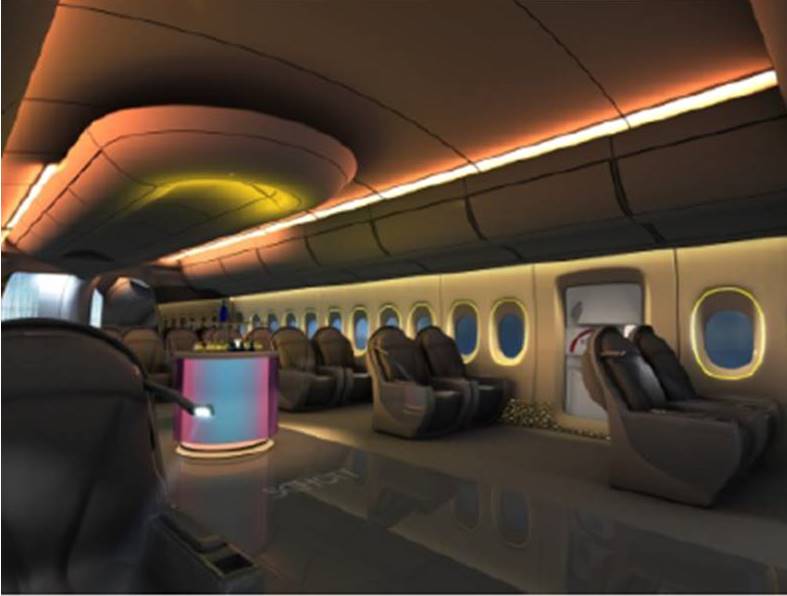



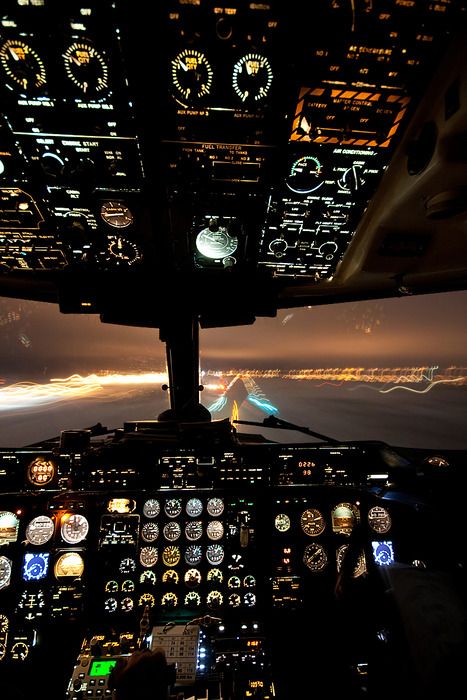

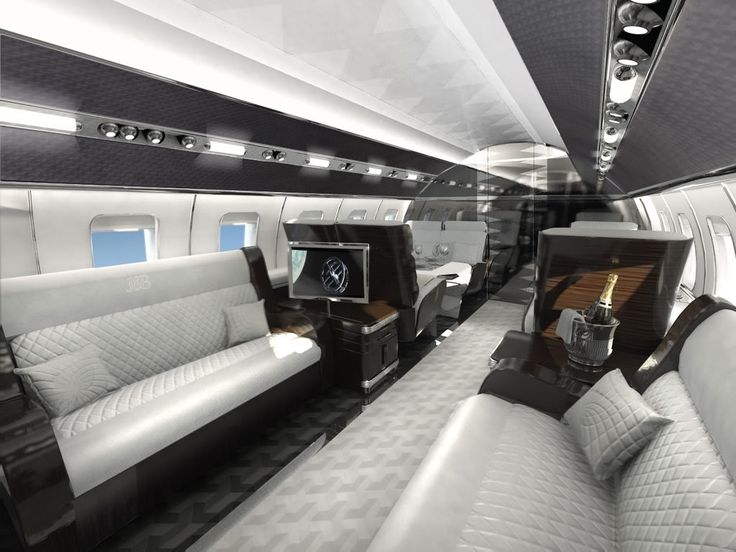
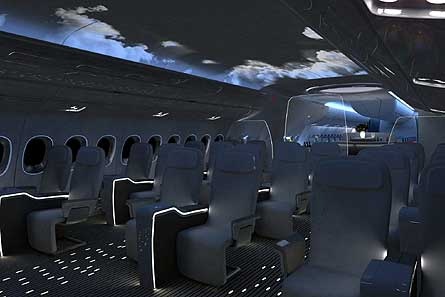
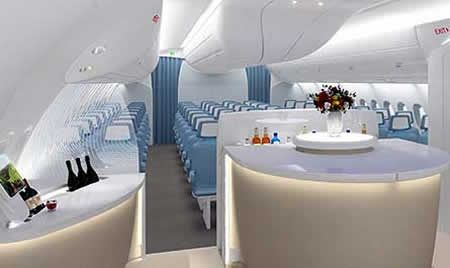
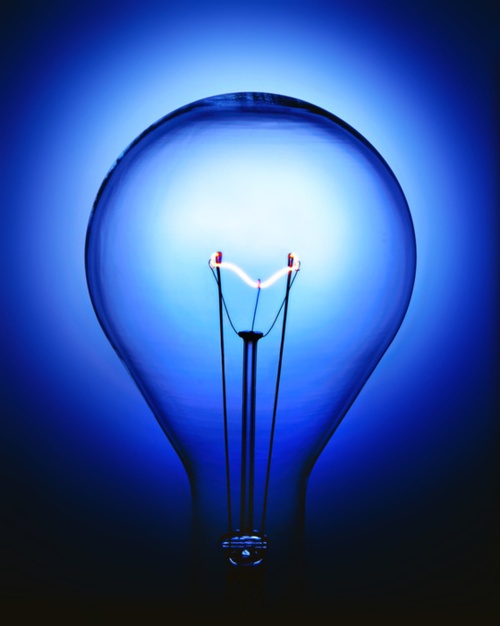
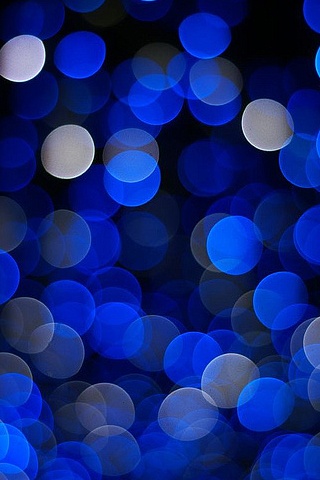
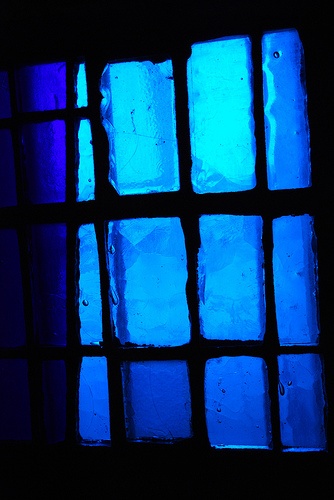
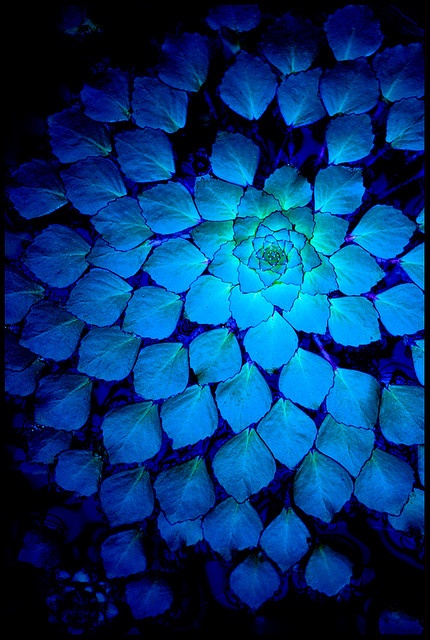
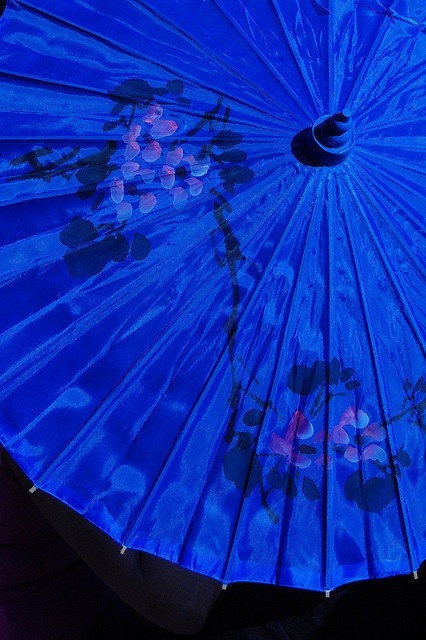


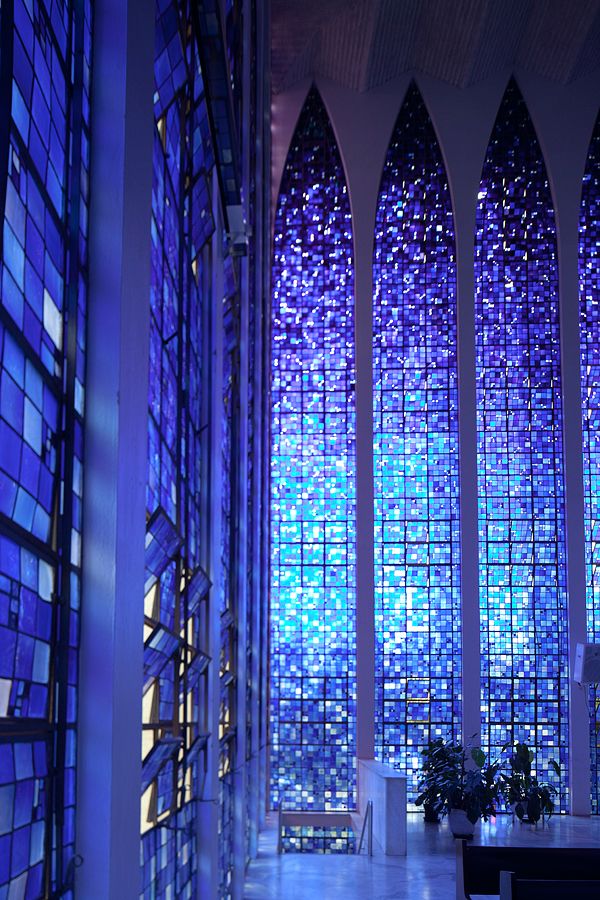
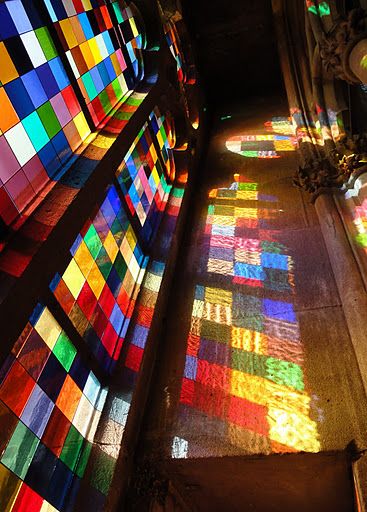

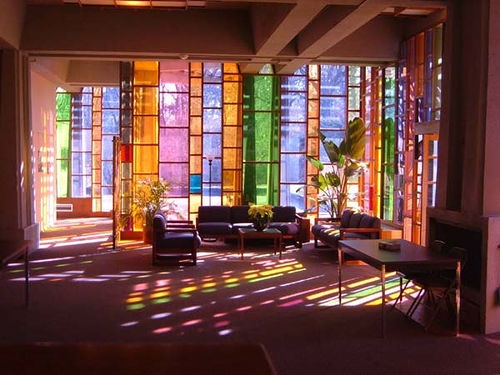
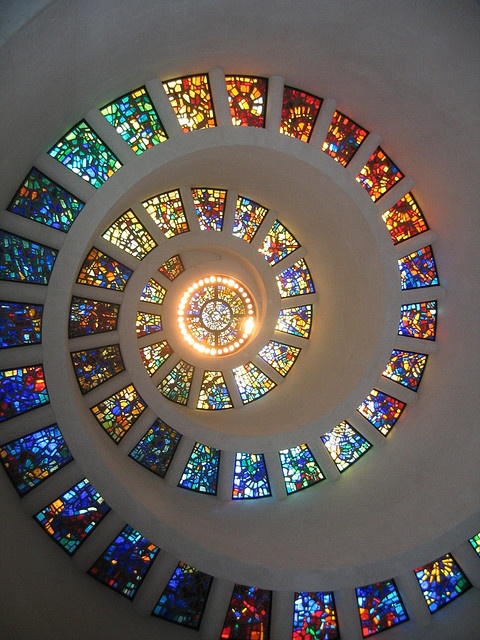
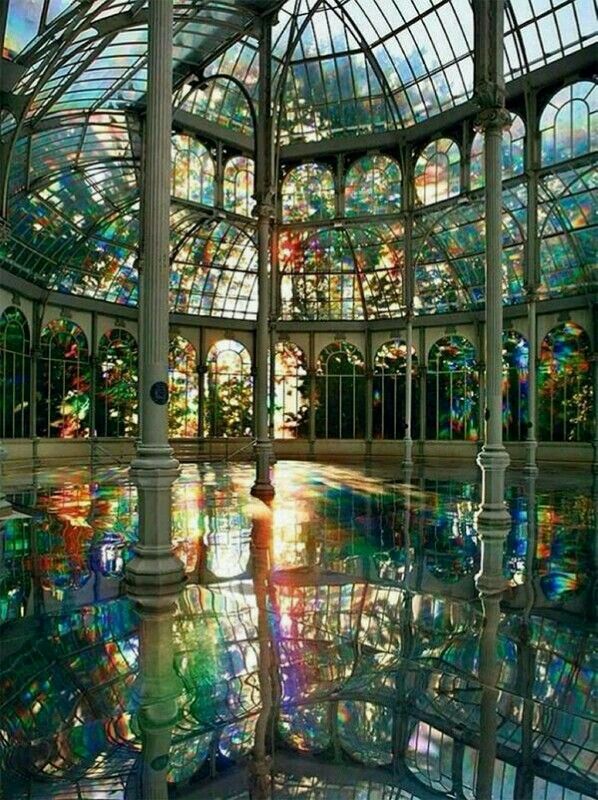


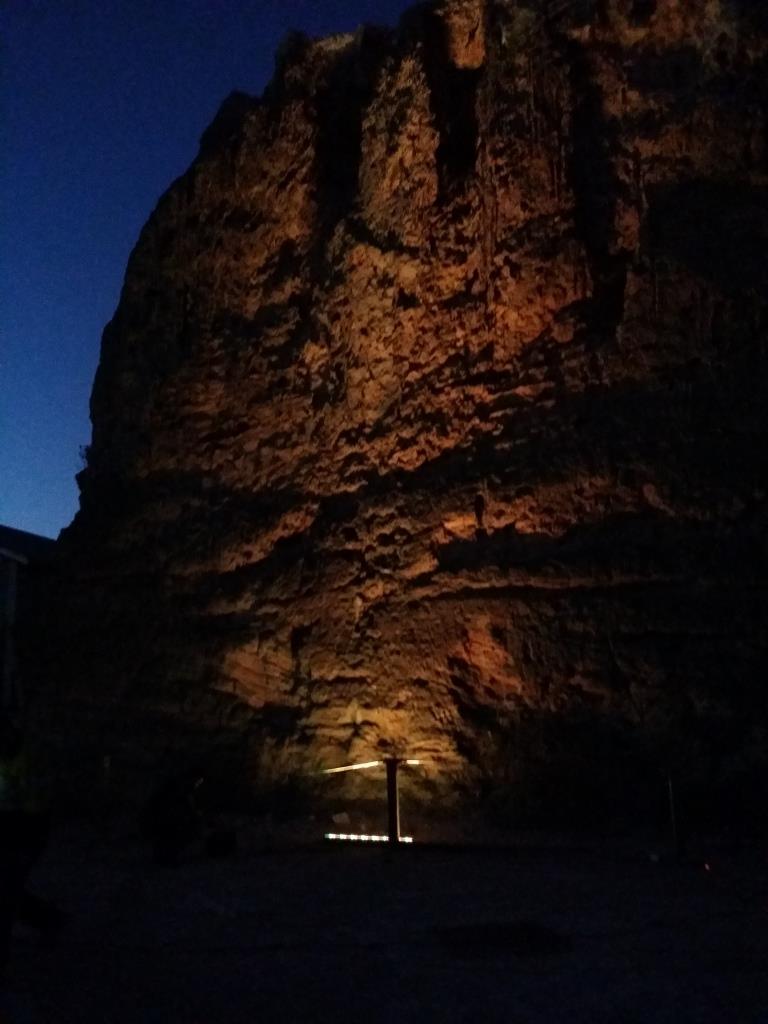

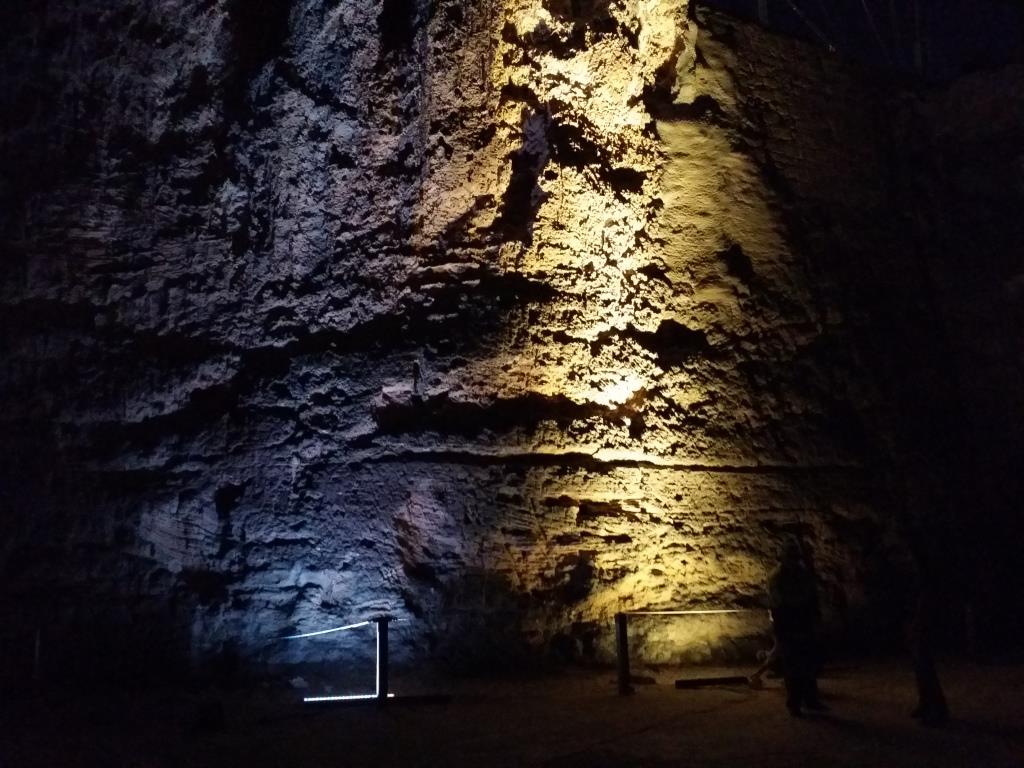

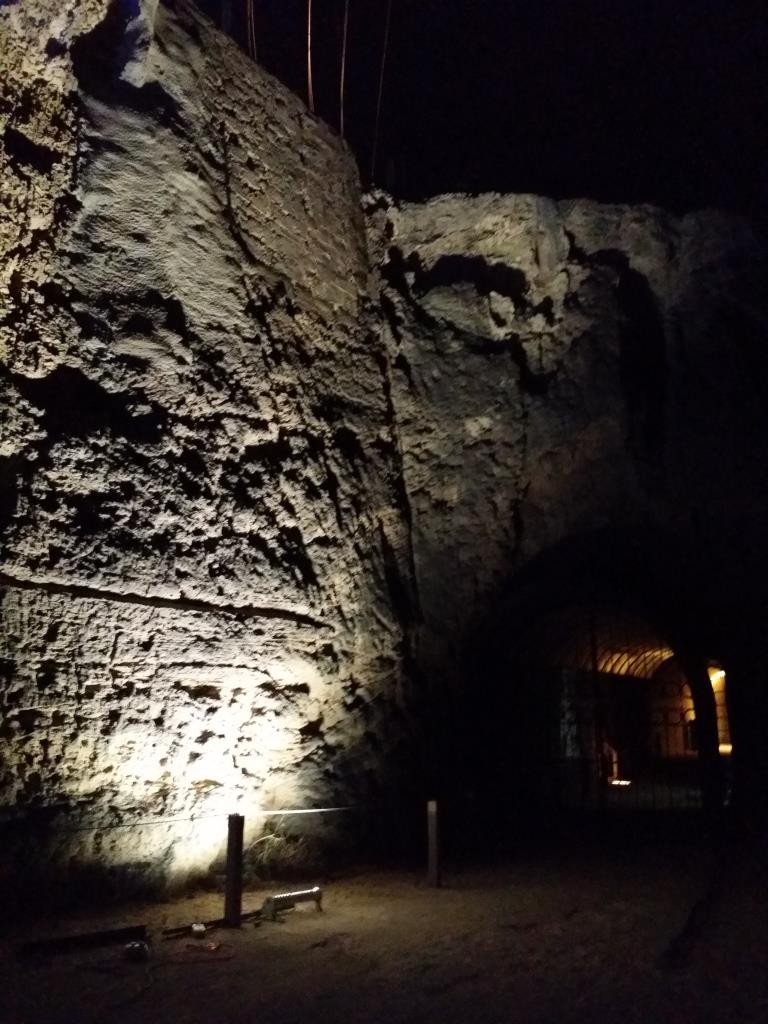


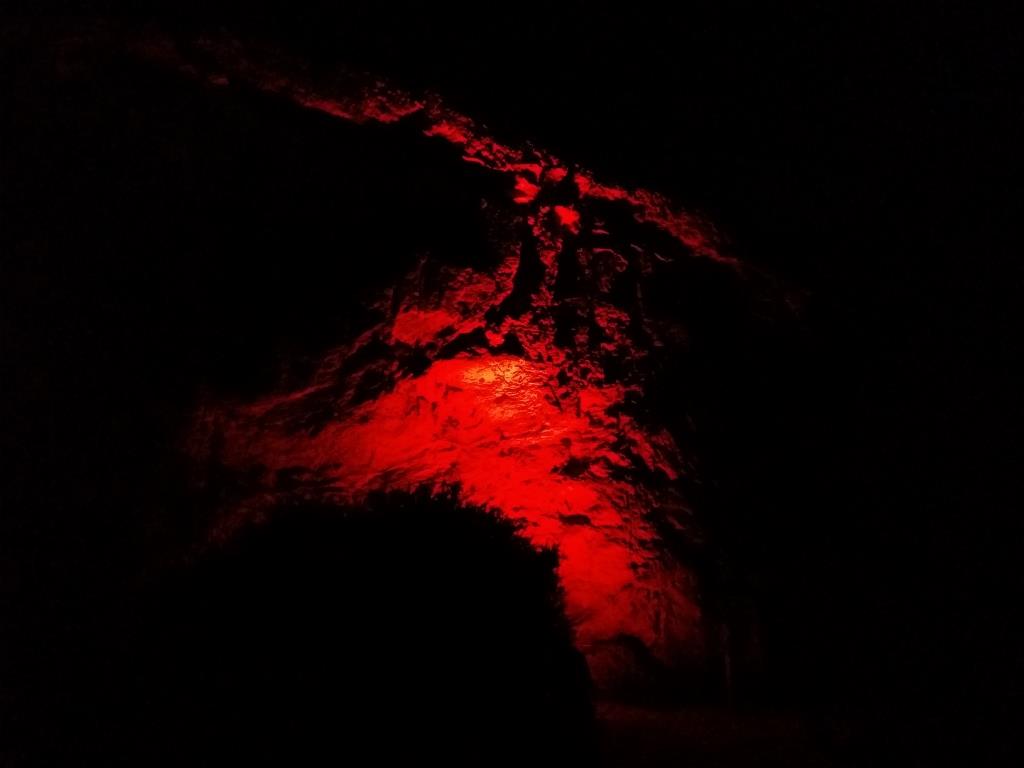
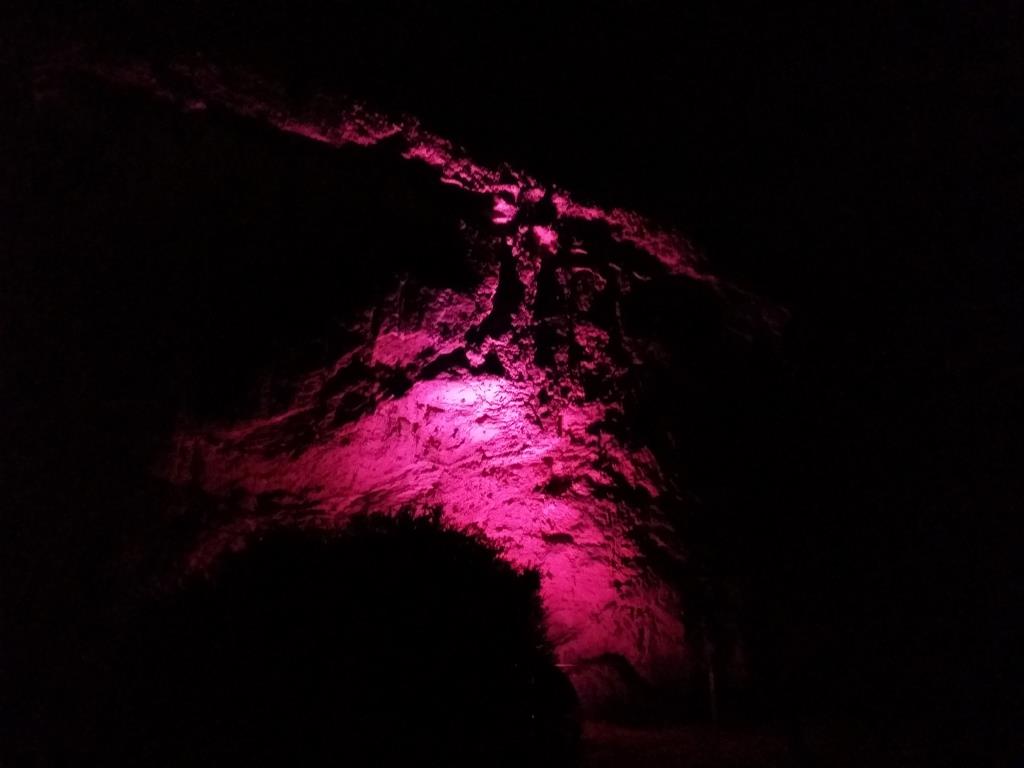
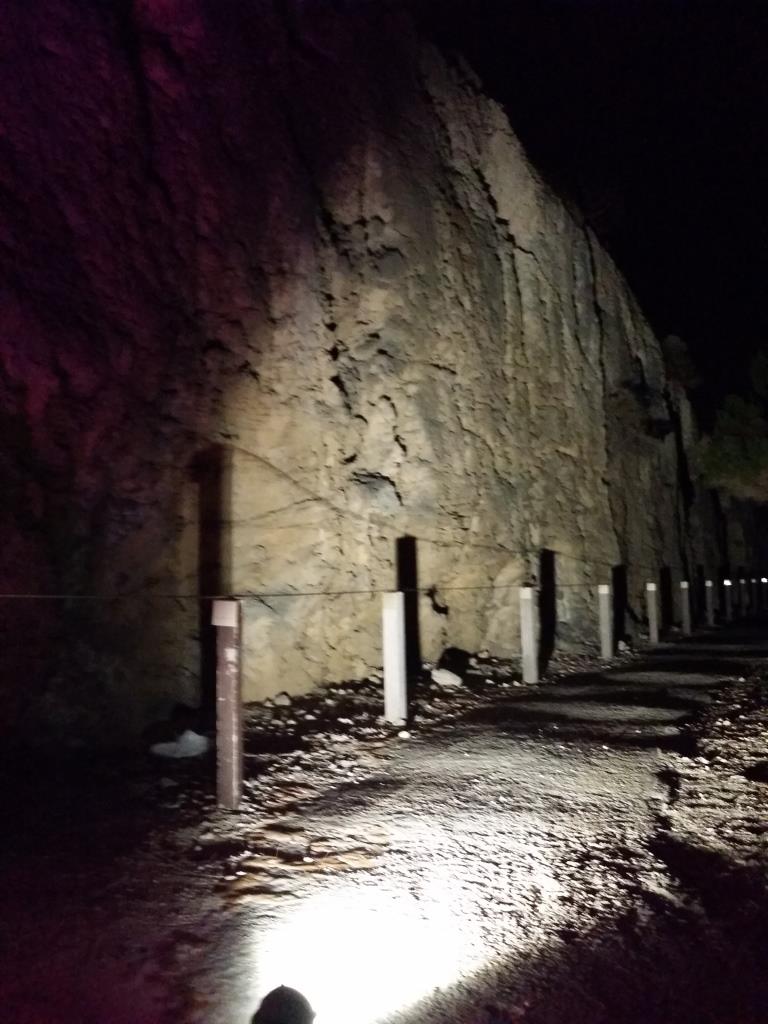
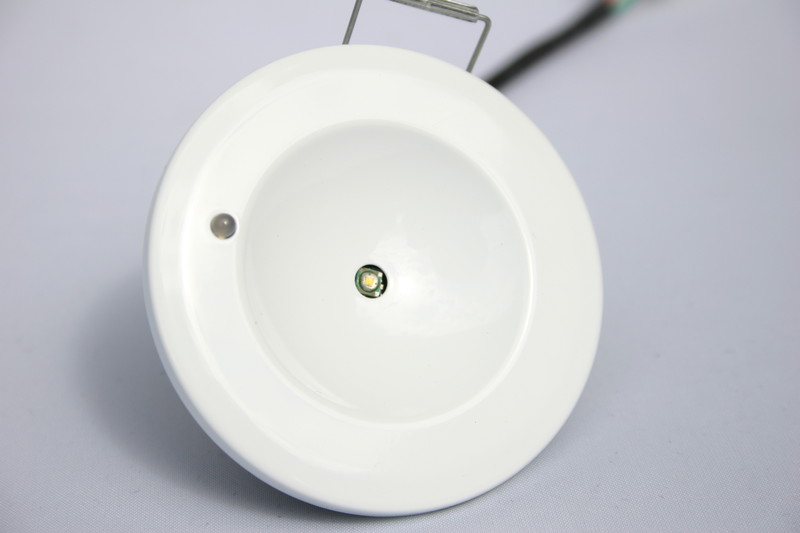
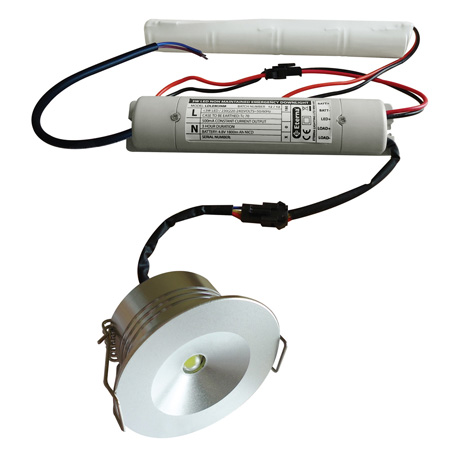
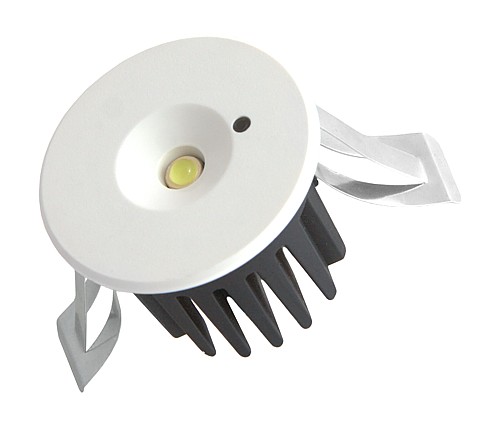
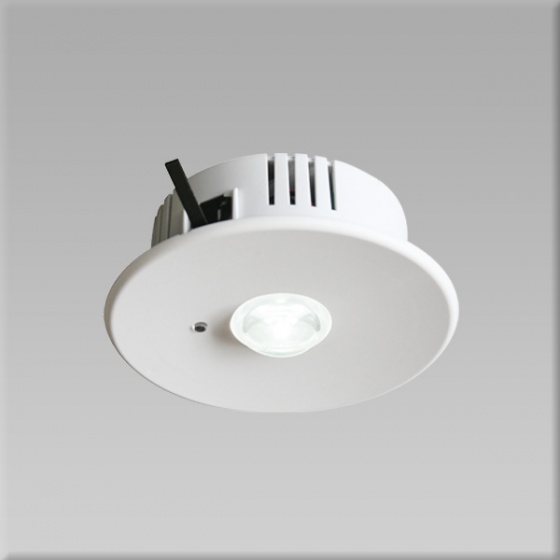
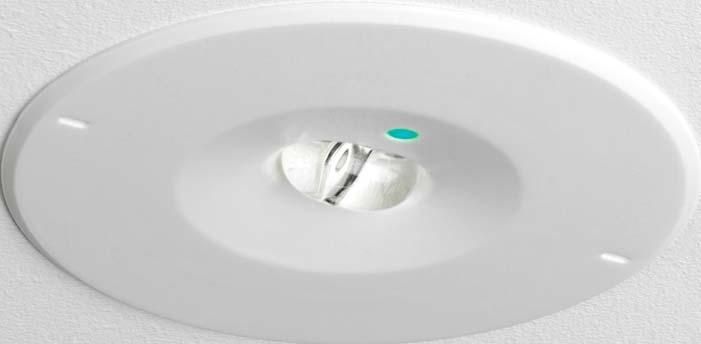
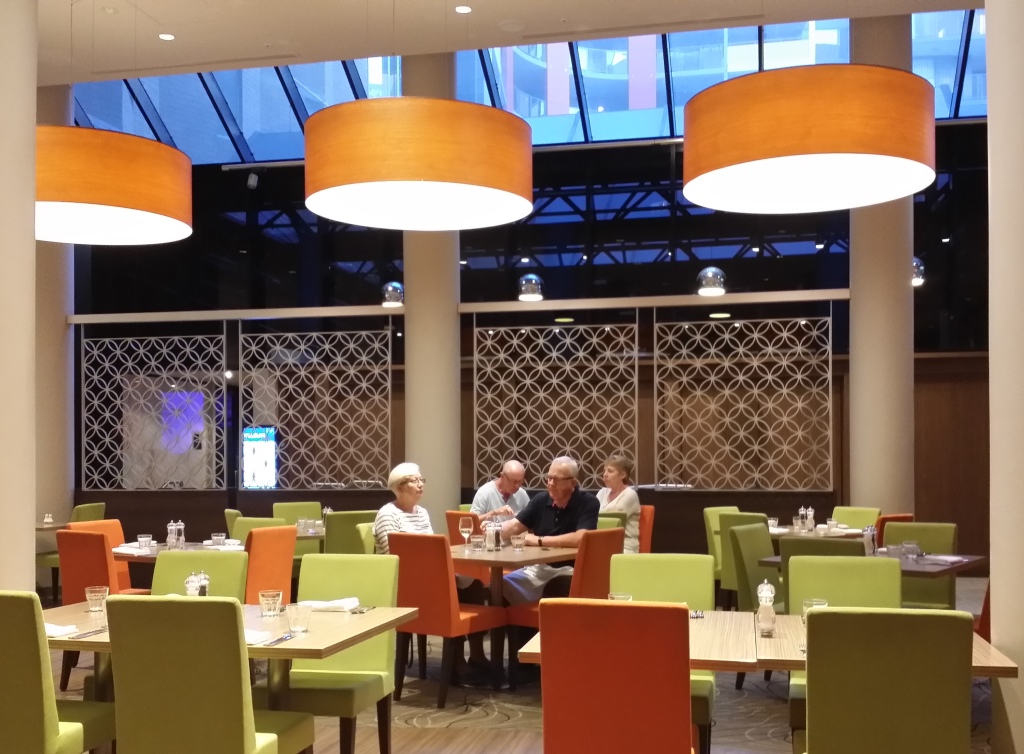
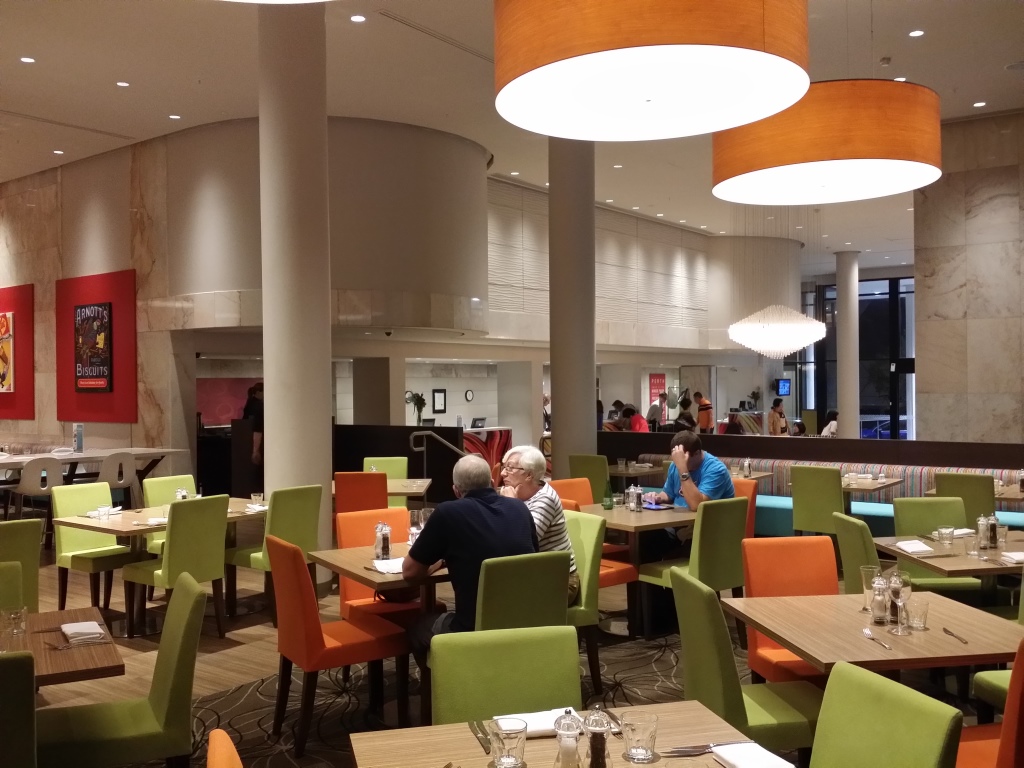

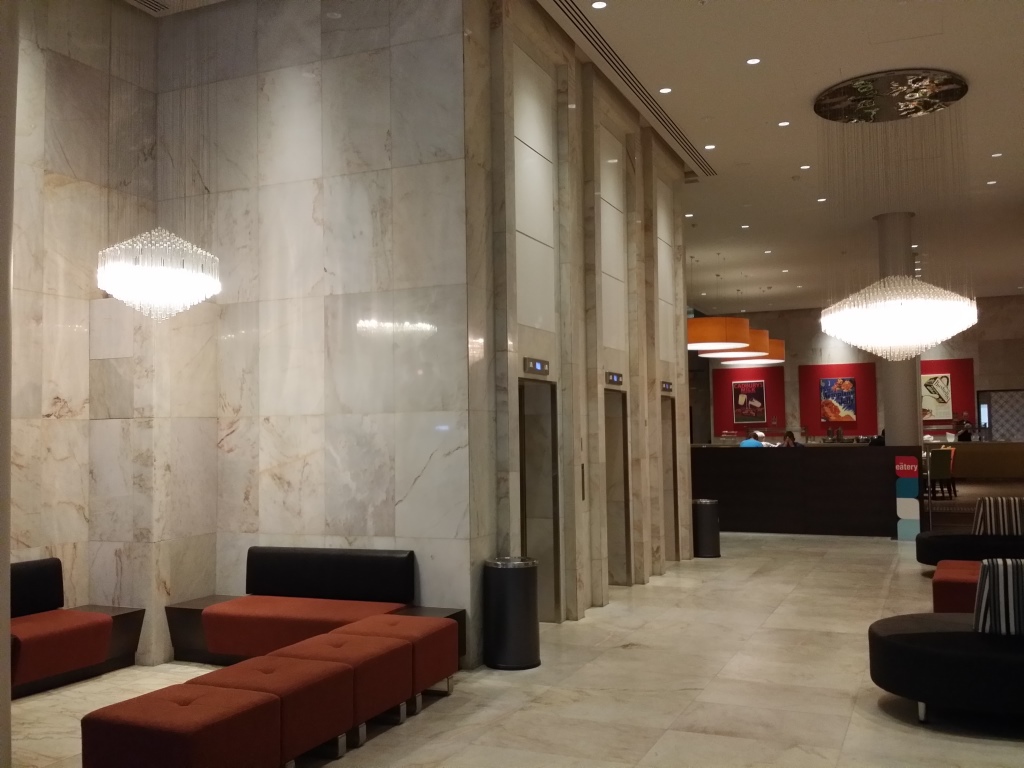
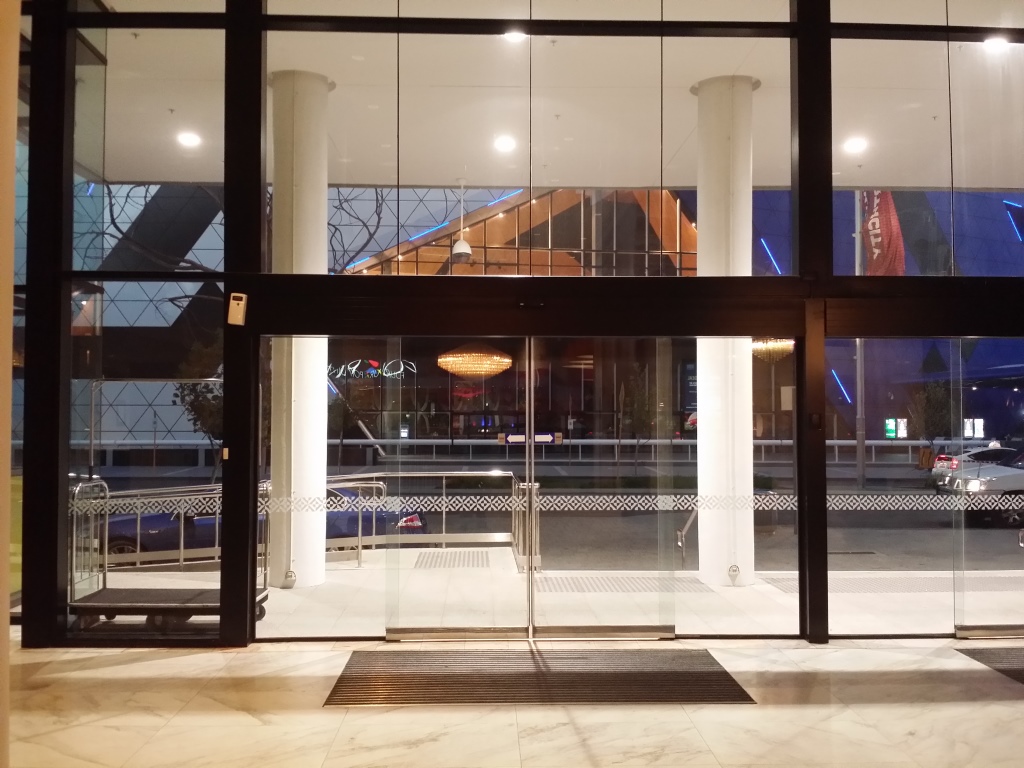
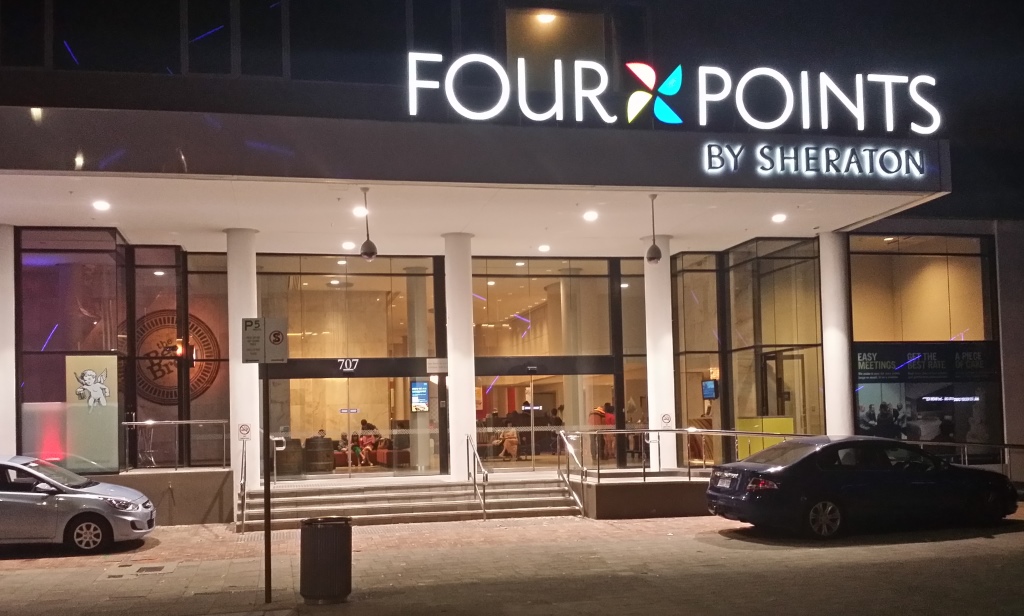
 The long awaited book compilation of Martin's first year of blogging is available. Order now.
The long awaited book compilation of Martin's first year of blogging is available. Order now. Feedspot Top 100 Lighting Blogs
Feedspot Top 100 Lighting Blogs